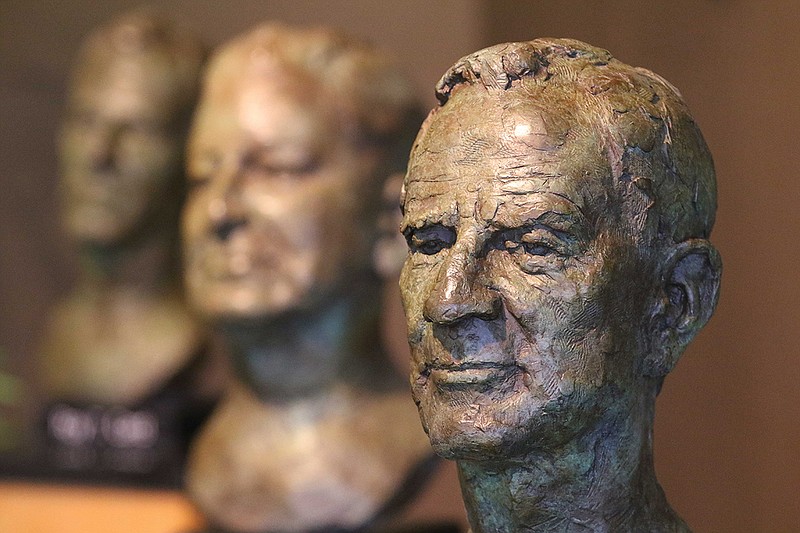July Edge - Photos by Dan Henry
Inside the sprawling manufacturing floor at Hixson's Card-Monroe Corp. campus, the cornerstone of the carpet industry moves from station to station, a piece added here and one there.
It's here that mammoth tufting machines - the ones purchased by carpet manufacturers and put to use making tufted carpets - are built. Card-Monroe employees not only assemble the giant machines, the company makes many of its own parts and mechanisms. Card-Monroe owns dozens of patents for its tufting technologies, and not merely in the United States.
And Card-Monroe has developed technologies that allow carpet makers to get closer than ever to woven (typically, more intricate and colorful) carpets.
Many people assume one of the world's largest tufting machine manufacturer is located near Dalton, Georgia, because Card-Monroe wanted to set up shop near its client base.
But the reality is actually the opposite, says Zach Monroe, vice president of sales and marketing at Card-Monroe.
In the 1930s, a pair of brothers started the Cobble Brothers company making tufting machinery. Roy Card and Lewis Card, Sr., went to work for Cobble in the 1950s and later branched out, setting up shop for themselves.
Around the same time, the carpet industry migrated from the Northeast to the Southeast, namely centered around Dalton, according to carpet historians Randall Patton and David Parker.
The legacy of Card-Monroe goes back to the rise of Dalton as the carpet capital and spans across a few companies, as the ancestors to the modern version of Card-Monroe rose to the top and traded hands.
Card-Monroe as its known today was formed in 1981. The company has enjoyed tremendous success, despite a slowdown in carpet demand and manufacturing during the Great Recession.
The company has shifted people around and consolidated technologies but continues to be one of the leaders in its field, with over 2,000 tufting machines operating today at plants across six continents.
